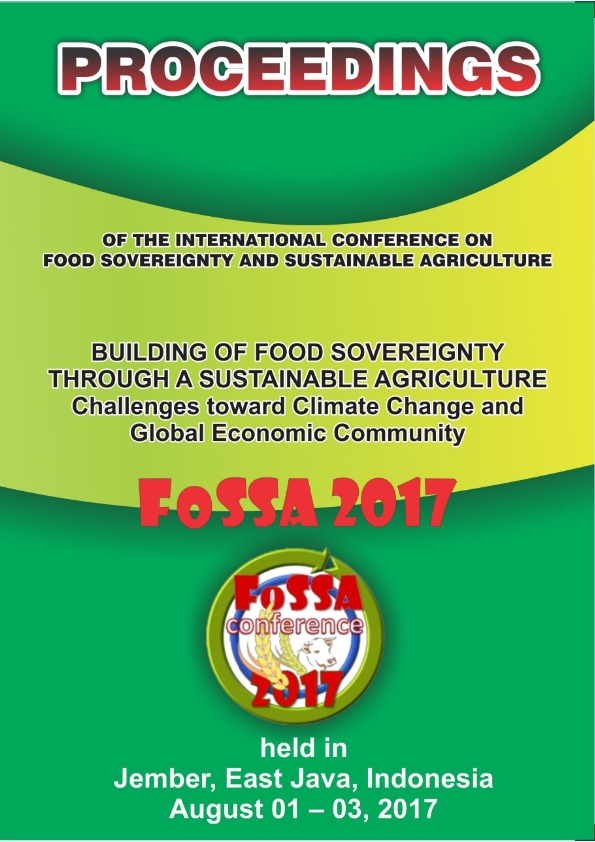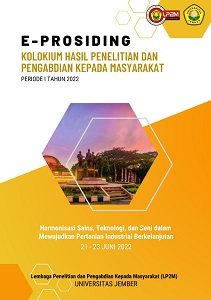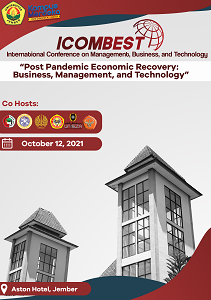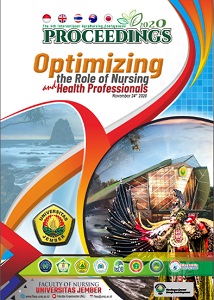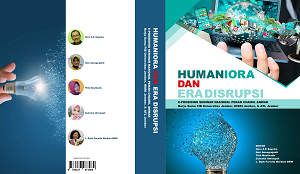BIOPESTICIDE MADE FROM RICE STRAW
Abstract
Rice straw is found abundantly in rice fields because the average straw produced from
rice field area is 1.4 times the amount of its harvest. If the straw is composted, the yield of
compost is 60%. This compost was made as a biopestisida after added with bacterium
Pseudomonas putida H10. Beside of this, it also acted as biofertilizer because it was rich in
nutrient content. When rice crops were sprayed three times with this biopesticide, the plants
were resistance to rice blast and neck rot disease (Piricularia oryzae) and brown
planthopper that attacked the area at that time, and increased the growth. This was indicated
by the more number of tillers, more greener leaves, panicles were grown earlier, so that were
harvested five days earlier than that plants not sprayed wih biopesticide. This biopestiside
was also tested on tomato plants in order to control Fusarium wilt disease. It was sprayed in
the earlier growth, the flowering and fruiting periods. It was turn out that this tomatoes were
resistance to Fusarium wilt, thrips and leaf-eating pheasants (Spodoptera litura), also
growing much better and more dense fruits.

